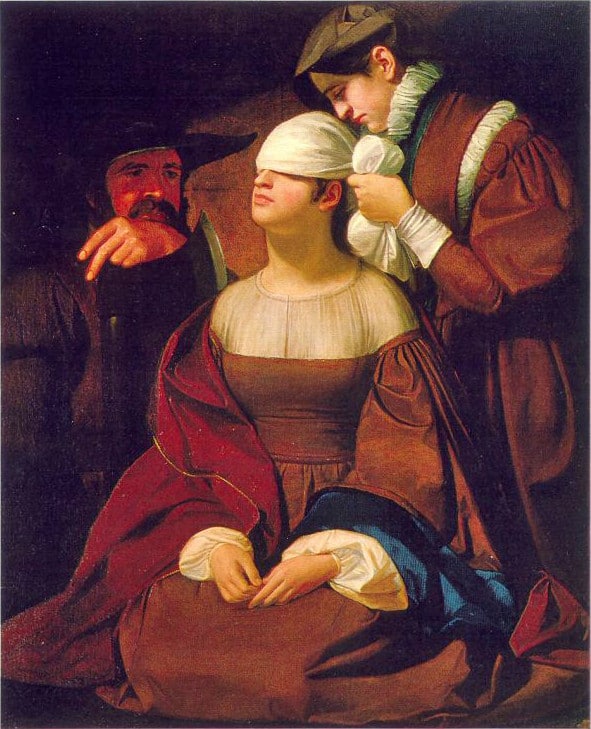│By André Buller, Gale Ambassador at the University of Portsmouth │
Throughout my historical studies, I remember the speed with which teachers and lecturers taught the Tudor period. Like a child faced with a wall of selections at the sweet shop, it’s practically impossible to give the entire period as much attention as one would like. Thus, more often than not the class would undergo a whistle-stop tour of the century, passing from the social unrest of Edward to the stark Catholicism of Mary’s reign with little consideration to what came in between. Lady Jane Grey has always been an interesting figure to me, and through the incredible resources of the Gale archives it is possible to inspect her further, and see how she has been remembered in the centuries that followed her brief and tragic reign.

Unusual Brilliance
Made notable by her brief nine days on the throne, I would usually focus on this latter portion of her life in which she filled the short gap between the reigns of Henry VIII’s children. However, the Lady’s Newspaper & Pictorial Times from Gale’s extensive archives provides further information on Lady Jane’s sixteen years of life. According to one article, “she was distinguished from her childhood by her talents; and her acquiremen s [sic] were certainly, for her age, very unusual.” Though the piece provides an interesting light to the brilliance of Lady Jane, discussing her fluency in seven languages as well as her stunning beauty, it became more interesting to me as a tool in describing how she was remembered. Published in 1847, the article is striking in its lexicon; Lady Jane is “remarkable,” “unfortunate” and lived her final days “marked by the same wisdom, piety and resignation which distinguished the whole of her short and admirable life.” Almost three centuries after her death, it became apparent to me that she was being remembered as something more than a brief monarch; a tragic heroine who suffered under choices that weren’t her own.

Tragedy and Memory
After this discovery, I decided to delve further into the rich sources Gale has to offer. By employing the Term Frequency tool, I was able to identify mentions of Lady Jane Grey through a timeline, which provided an excellent visual window for chronological research.

The Illustrated London News revealed another discourse on Lady Jane from 1866, with an opinion similar to the aforementioned. Indeed, it hails her as a victim of tragic misfortune; “[She] accepted the regal title with much reluctance.” This is indicative of an evolving trend of romanticising her, but it concurs further by discussing her prowess. She is quoted saying “whatever I do else but learning… is full of grief, trouble, fear and wholly misliking unto me.” This, paired with another extensive list of her various abilities, impressed upon me the intensity with which she was ensured to be remembered.


A Prevailing Consensus
By 1908, the consensus on Lady Jane Grey had yet to change. Again, the Illustrated London News remarked on how she “packed into sixteen years all the experience of a lifetime.” Both her learning and misfortune were emphasised, adding to the trend that was proving clearer with each source; the Nine Days’ Queen was being fondly recalled. Indeed, the article posed that “Any book on Lady Jane Grey is always sure of success… there is no more pathetically interesting or better beloved figure in the whole of English history.” By this point, it became increasingly clear to me that I had perhaps missed something important in my study of the Early Modern period. Finally, in 1927, the Daily Mail remembered Lady Jane at the marriage of her descendant, managing to note her tragic fate within the incredibly short space of the bulletin.
It is hard to determine whether the Nine Days’ Queen was remembered for her excellent acumen, for the tragic story she found herself within or for the calamity of both, being a girl with incredible ability who died too young for such prowess to bear fruit. Regardless, tones of sympathy and passion remember her throughout the centuries that followed her death. Whatever the reason, Lady Jane Grey’s story appealed to history’s sense of commiseration to withstand the ages, and through the Gale archives she is free to be remembered again.
Blog post cover image citation: Lady Jane Grey Preparing for Execution by George Whiting Flagg, 1835 [Public domain] https://commons.wikimedia.org/wiki/File:Flagg_-_Lady_Jane_Grey.jpg


